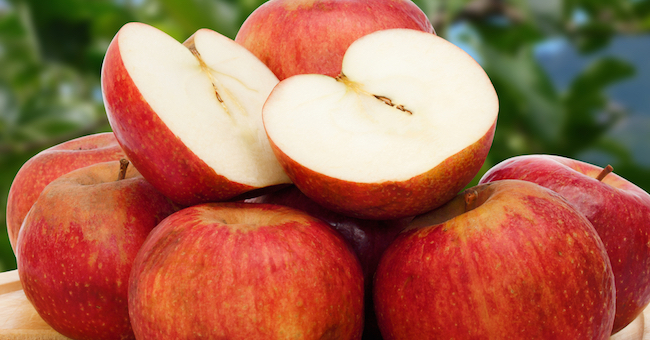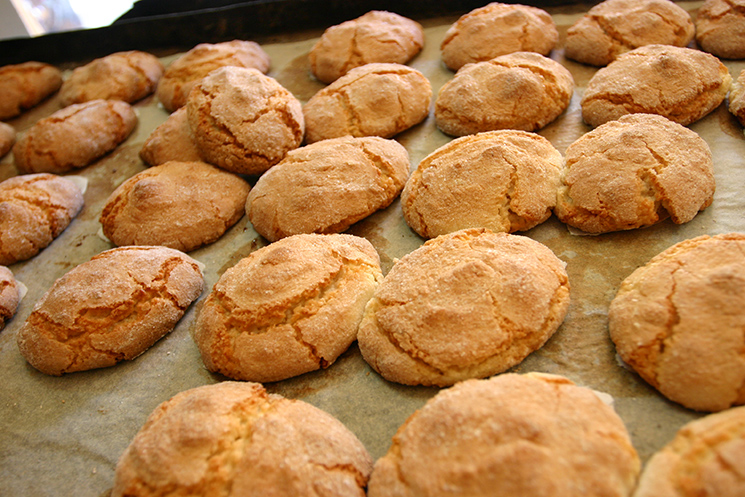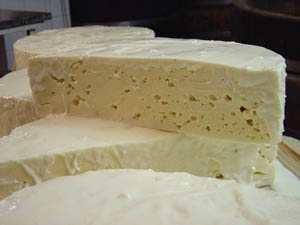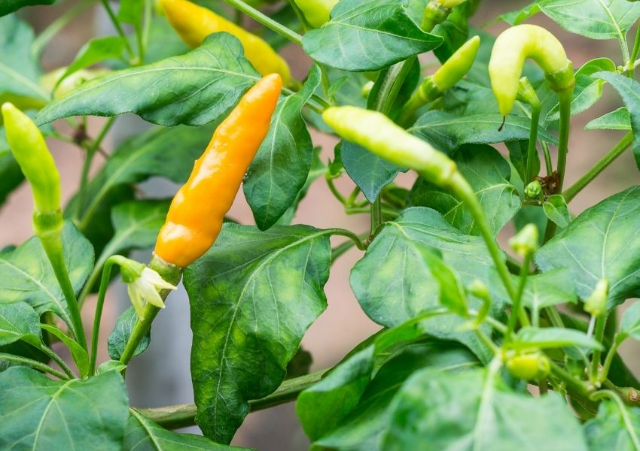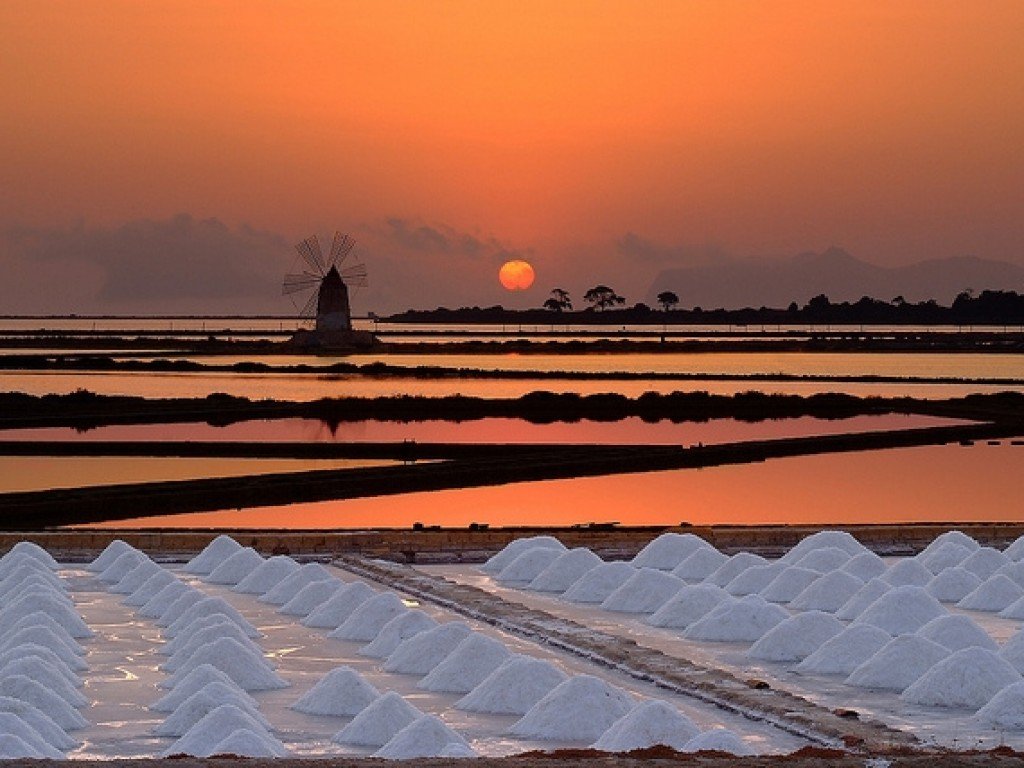Small outside , Large inside.
Place of origin would be the territory of Pozzuoli, ancient Puteoli, as reported by Pliny the Elder (1st century AD) in his treatise: Naturalis historia, with the name Mala Orcula in relation to the neighboring "Orco" or Lake Avernus, the seat of the Underworld. According to another hypothesis, the name would derive from the Latin verb indulcàre referring to the aforementioned mode of ripening.
In 1583, Giovanni Battista Della Porta (1535-1615) in the work: Pomarium, describing the fruits produced in the Puteolian countryside, states that: "…the apples which by Varro, Columella and Macrobius are called orbiculàte, coming from Pozzuoli, have a red skin, so as to seem stained in blood and are sweet in flavor, vulgarly they are called Orcole." In later centuries the names Anòrcola and Annòrcola appear, while the present name "Annùrca" is found, for the first time, in Giuseppe Antonio Pasquale’s Manual of Arboriculture (1876).
The harvesting of these fruits, still unripe, must begin around mid-September in order to prevent them from decomposing by falling to the ground as cadùchi. Immediately thereafter, the ripening phase called "arrossaménto" begins with exposure to the sun for 10-15 days.
Melannurca has two varieties: the "Sergeant" and the "Corporal." The former, with a sour flavor, has a yellow-green striped skin while the latter, which is sweeter, is red with white dots. The larger fruits, which can weigh up to 500 grams, are traditionally called Cape ‘e ciuccio (donkey heads)
In March 2006, at the European level, the name "Melannurca Campana" was recognized as a Protected Geographical Indication (PGI).
One of the elements of typicality that certainly characterize the "Melannurca Campana" PGI is the blushing of the apples on the ground in the so-called "melai." They consist of small plots of land, properly arranged so as to avoid water stagnation, no more than 1.50 meters wide on which are spread layers of various soft material: hemp was once used, now replaced by pine needles, wood chips or other plant material. For protection from excessive sunlight, the melai are protected by appurtenances of various kinds. While in the honeycombs, the fruits are arranged in rows exposing the less reddened part to the light; they are then periodically turned over and carefully selected, discarding those that are nicked or rotten. It is precisely this practice, aimed at completing the ripening of the fruit by adopting traditional methods and procedures carried out all by hand, that enhances the qualitative characteristics of the "Melannurca Campana" IGP, giving it those typical values that no other apple can boast.
Two ecotypes are envisaged in the production specification, with two distinct varietal indications on the label: the classic "Annurca" and its direct descendant "Annurca Rossa del Sud," its natural mutant, widespread in the production area for more than twenty years, which has the merit of producing red-skinned fruit already on the plant.
The most valuable fruits, especially from an organoleptic point of view, according to experts are those from plants grafted on franc, raised in full wind and with little irrigation. The undoubted organoleptic characteristics of this apple, hitherto appreciated mainly by southern consumers, are gradually conquering other markets as well, thanks in part to the recognition of the protection mark and entry into the channels of large-scale organized distribution.
Along with juices, of great nutritional value, excellent are also the liqueurs obtained from the annurche, as well as desserts (tarts and sfogliatelle above all, but also the legendary and traditional baked "apples"). Recently, through a food education program of the Campania Region, the "Melannurca Campana" IGP is proposed for consumption by children visiting Città della Scienza in the commercial form of the "fourth range" (sealed package of a peeled and sliced apple capable of maintaining its freshness and aroma unaltered for days).
